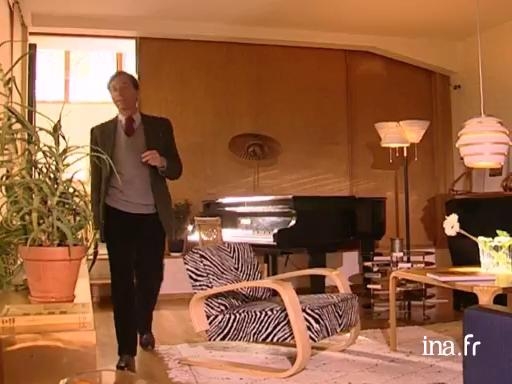Alvar Aalto, designer

Information
Presentation of a book dedicated to designs by Finland's Alvar Aalto, who happens to be a renowned architect.
Context
Founding figure of new Finnish design and humanist architect of international renown, Alvar Aalto was discovered in 1941 by the architecture historian Siegfried Giedon. Graduated in 1921 from the Helsinki University of Technology, he opened his agency with his wife Aino Marsio. The couple experimented with wood techniques for ply, bent and pasted, helped by the technical director of a wooden furniture factory, Otto Korhonen. They filed many patents for plywood bending. These discoveries led them to a series of seat bases in L, Y and fanned out shapes. Advocates of "gesamtkunstwerk", with the Sanatorium de Paimio in 1929 he started a total project where all the furniture would come from his workshop, in a process like that of Frank Lloyd Wright. The Viipuri library would be equipped with stackable stool N°60. His creations, exhibited in London, brought great success which encouraged him to found the company Artek. To this day it still publishes his furniture and promotes young creators like Vesa Damski. With his second wife, Elissa Makiniemi, he concentrated more on town planning while pursuing his projects in Finland.
In architecture, like in furniture design, textiles and glasswork, Aalto showed a functionalism equipped with a very great formal liberty, creating fluid, organic and continuous spaces, caring for the structures, materials and details in a concern over the global harmony with the site. He profoundly influenced Charles and Ray Eames.




